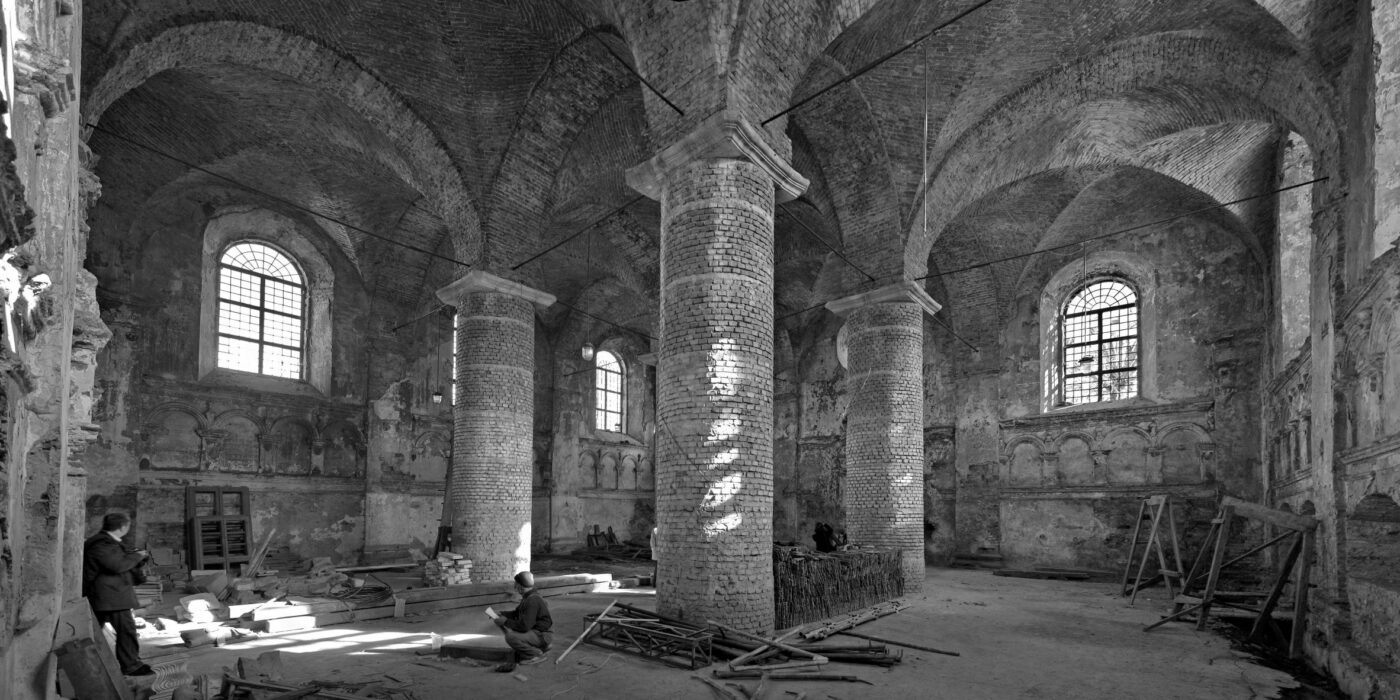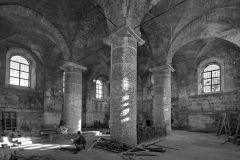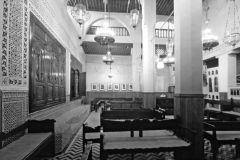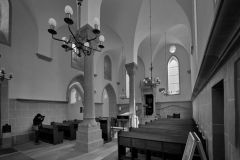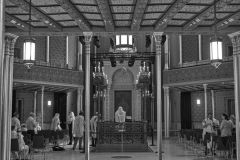Old Testament, New Architecture
Judaic-Jewish roots of modernism, 1848–2000
Text and Photos: Rudolf Klein
This paper discusses the impact of the aniconic Biblical tradition on modern architecture; modernism’s departure from the traditional Greco-Christian cultural paradigm, i. e. abolishing the buildings’ representation of tectonics (columns, capitals, architraves, etc.); cancelling the basics of Aristotle’s aesthetics and banning figurative decoration on surfaces. The paper surmises that the Biblical shift from the visible (representable) sacred to the invisible (non-representable) facilitated the architectural move from ’adorned material’ to plain, purist surfaces and the dominance of space over material and ornament in the theory and practical work Adolf Loos, the creator of Purism and Raumplan (space-plan).
The term ‘new architecture’ in the title, in original “Neues Bauen”, the New Building), refers to the aforementioned shift, which differentiated itself from traditional notion of architecture as Arché-Techné (the master skill), implying artistry, hierarchy and conventions. This shift was best expressed in the name of the Bauhaus (literally: house-building), skilfully avoiding any links to the traditional term of Baukunst and architecture. Thus, the study investigates how modernism is indebted to Judaic/Jewish heritage, if it is justified to speak about “Jewish architecture” regarding modernism, knowing that Buddhism, Islam and many other spiritual and building traditions also impacted it.
This paper is a preview of the author’s comprehensive monograph in progress to be published next year about the history of some Judaic/Jewish impacted architectural movements during the 19th and 20th centuries in Europe and the United States.
